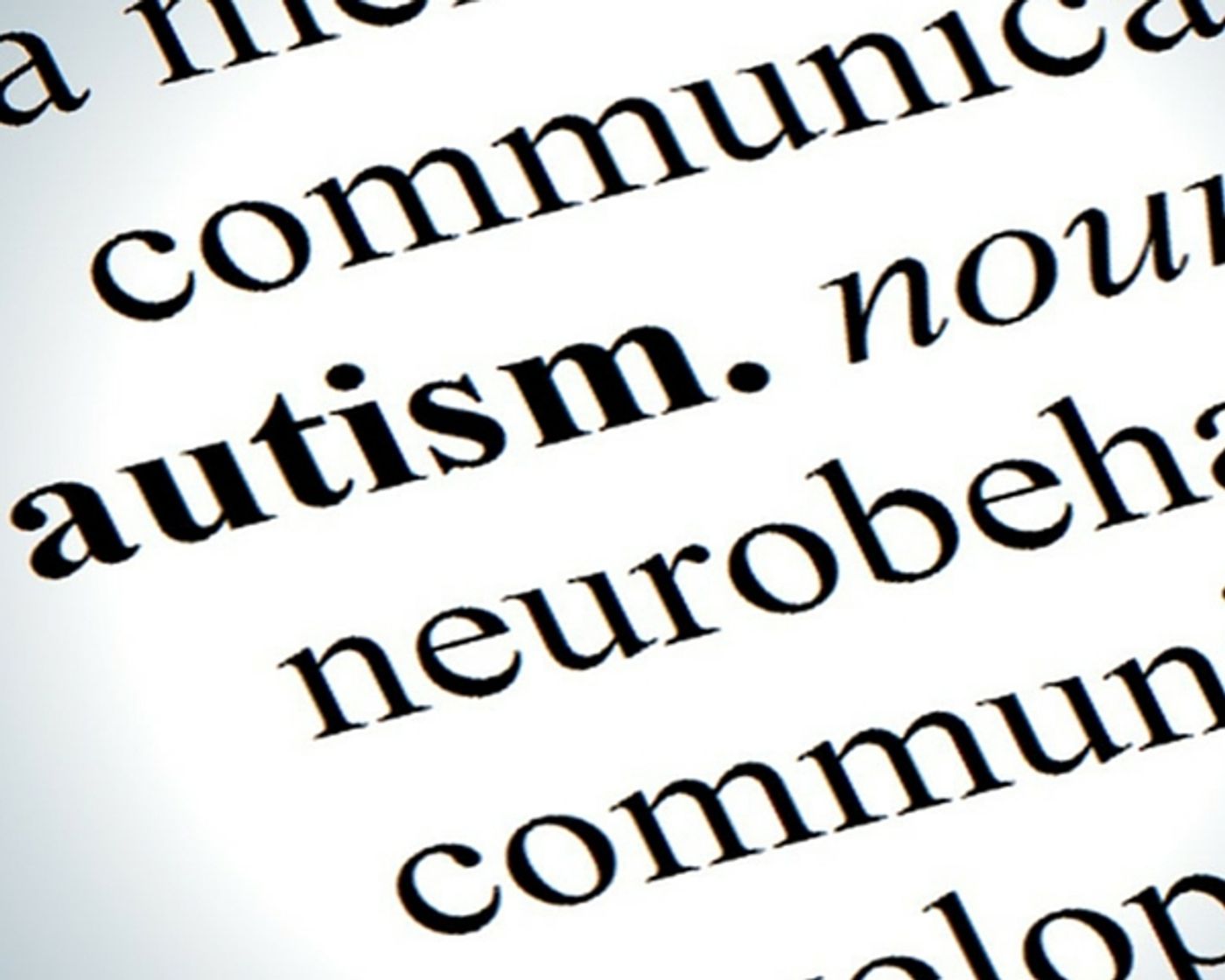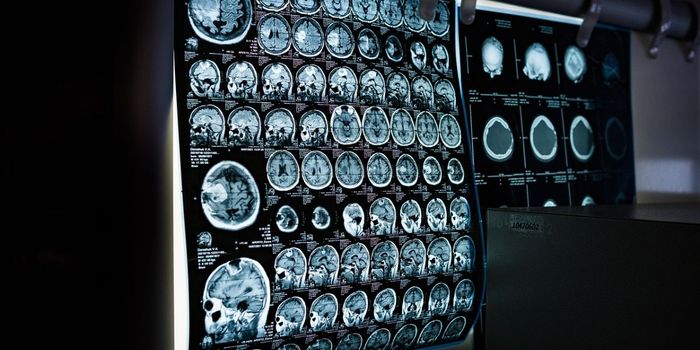The prevalence of autism in children is at an alarming rate. The most recent research released by the CDC in March 2014 shows that autism or an autism spectrum disorder will be found in 1 out of 68 births. The number of cases of austim rose 119% from 1 in 150 births in 2000 to the CDC figures which were collected in 2010. The rise is attributed to better diagnosis and early detection, but either way,
the number of children who have a disorder on the autism spectrum is growing and researchers are looking at many different areas of the brain to find out how the disorder occurs and what can be done to treat it.
A team at Harvard University has recently published the results of a study that show autism is related to a specific neurotransmitter in the brain and have linked autistic behaviors to this area of the brain for the first time.
In the Dec. 17 2015 issue of the journal
Current Biology Caroline Robertson, who is a junior fellow of the Harvard Society of Fellows, details her research into the neurotransmitter GABA. GABA stands for Gamma-Aminobutyric acid. It’s essentially a calming substance in the central nervous system. It can reduce neuronal excitability and keep circuits in the brain from being overloaded. In those with autism, this calming transmitter doesn’t work as well in the brain as it does with individuals who do not have autism.
Robertson’s team used a visual test called
binocular rivalry. Two different images are shown to a study participant. Neuroscientists know that the brain can only fully see one image at a time, one from each eye. The brain takes in the information from the eyes one at a time. When one image is being seen, the other goes away. The brain then switches to other eye and the first image stops being seen so the second one can be processed. It’s perception phenomenon that researchers often use because it can be easily replicated in people with or without certain brain disorders.
In a press release from Harvard, Robertson said, “This is the first time, in humans, that a neurotransmitter in the brain has been linked to autistic behavior — full stop. This theory that the GABA signaling pathway plays a role in autism has been shown in animal models, but until now we never had evidence for it actually causing autistic differences in humans.”
The team gathered that evidence through the use of magnetic resonance spectroscopy, a brain-imaging process that measures the levels of certain neurotransmitters in the brain. Robertson and her colleagues found that while those with autism did show normal levels of GABA, it was the link between GABA levels and slower visual perception in the binocular rivalry test that was the significant factor.
While the study is ground breaking because it’s the first time GABA and autism have been connected in humans, finding the part of the pathway that GABA travels in the brain is incredibly complex. There are two types of GABA receptors and one of them, GABA A comes in many diverse forms.
Robertson stressed that these results do not translate into a definitive test or cure for autism. She stated, “I’m excited about this study, but there are many other molecules in the brain, and many of them may be associated with autism in some form. We were looking at the GABA story, but we’re not done screening the autistic brain for other possible pathways that may play a role. But this is one, and we feel good about this one.” Check out the video below to learn more about this study and what it could mean for those who deal with autism.









